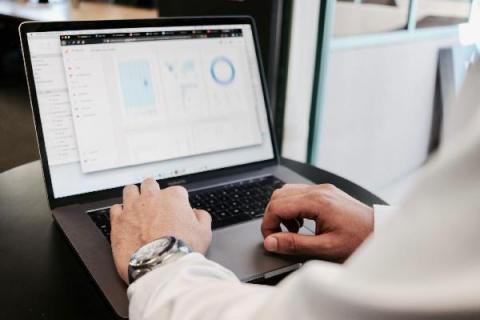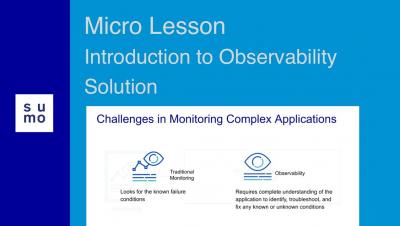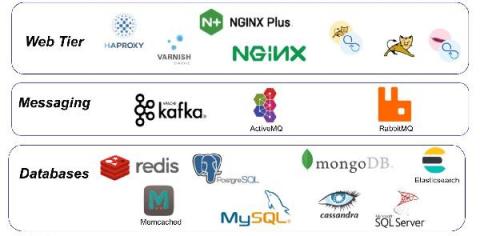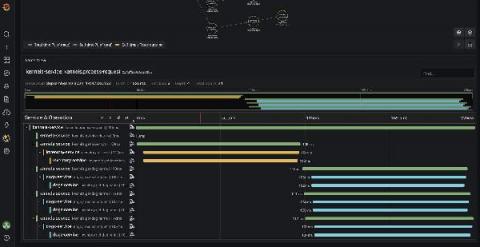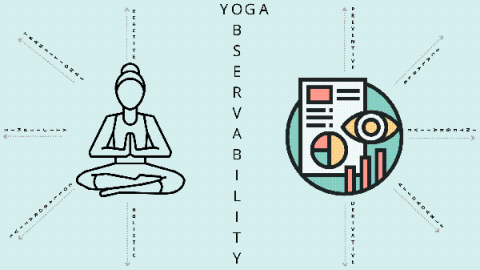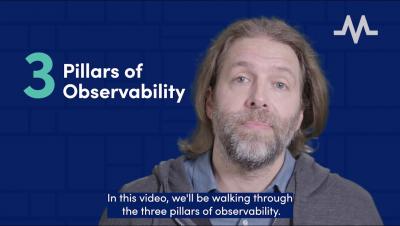What Is Data Observability and Why Do You Need It?
The word observability has its root in control theory. R.E. Kálmán in 1960 defined it as a measure of how well you can infer the internal states of a system from knowledge of its external outputs. Observability is such a powerful concept because it allows you to understand the internal state of a system without the complexity of the inner workings. In other words, you can figure out what’s going on just by looking at the output.


